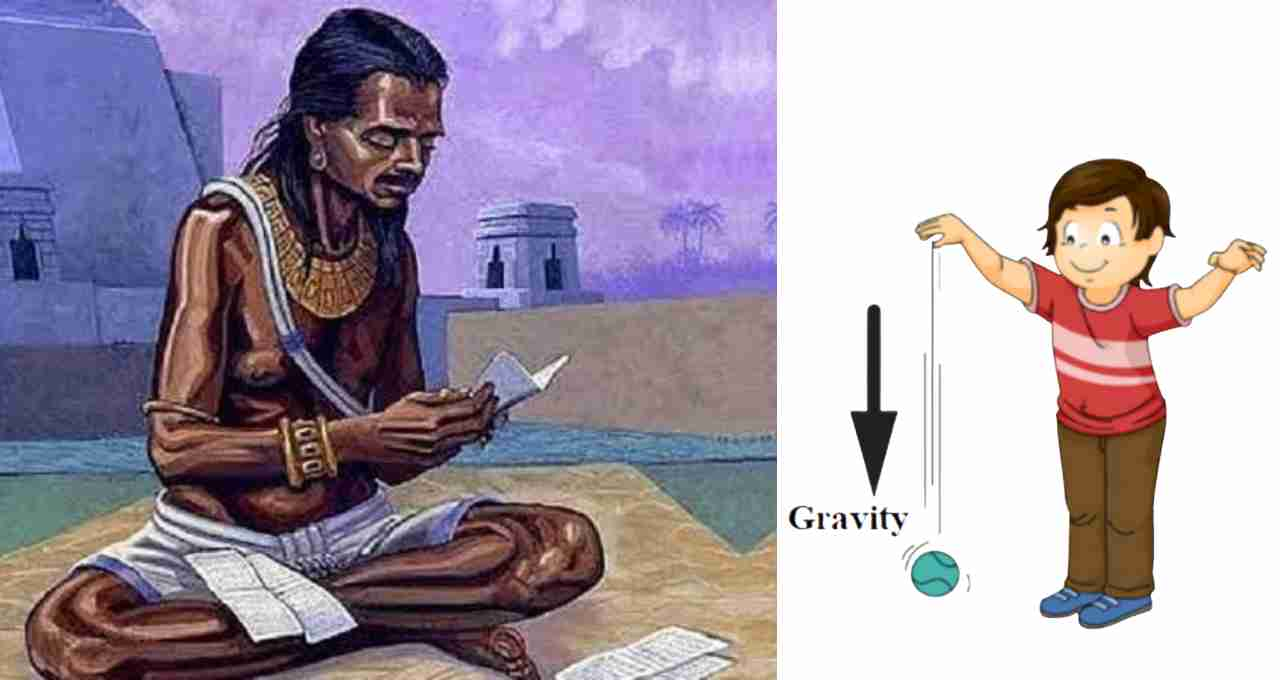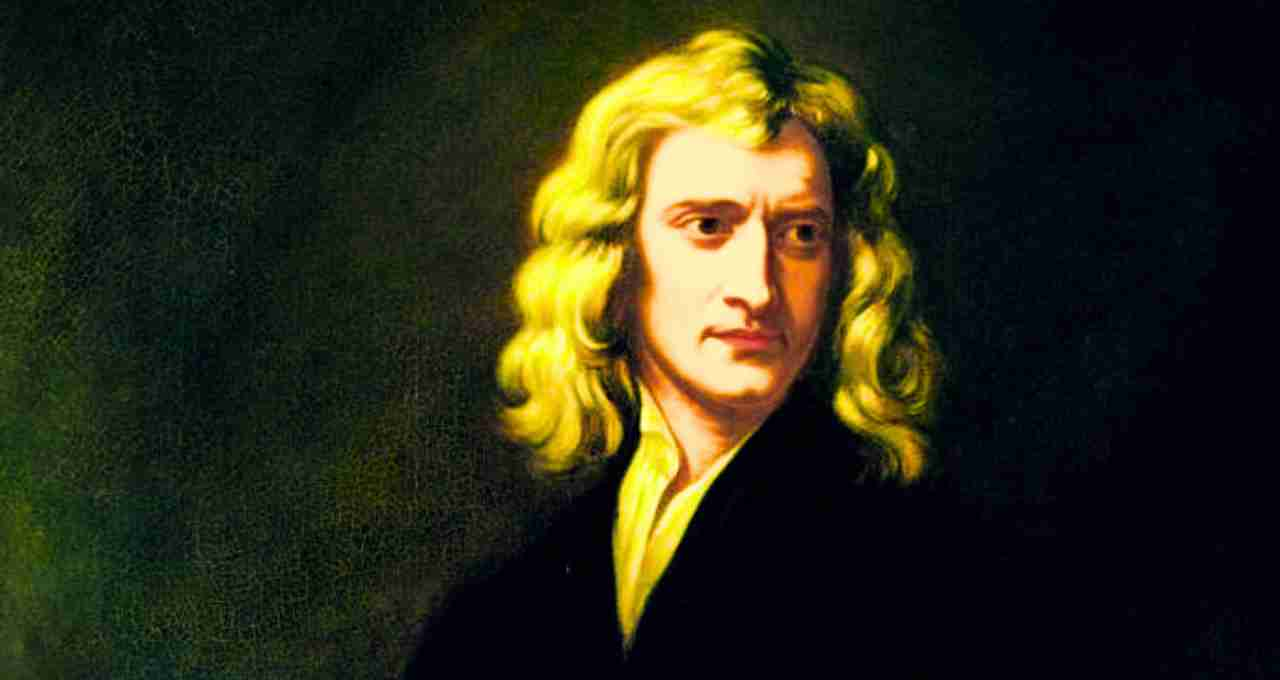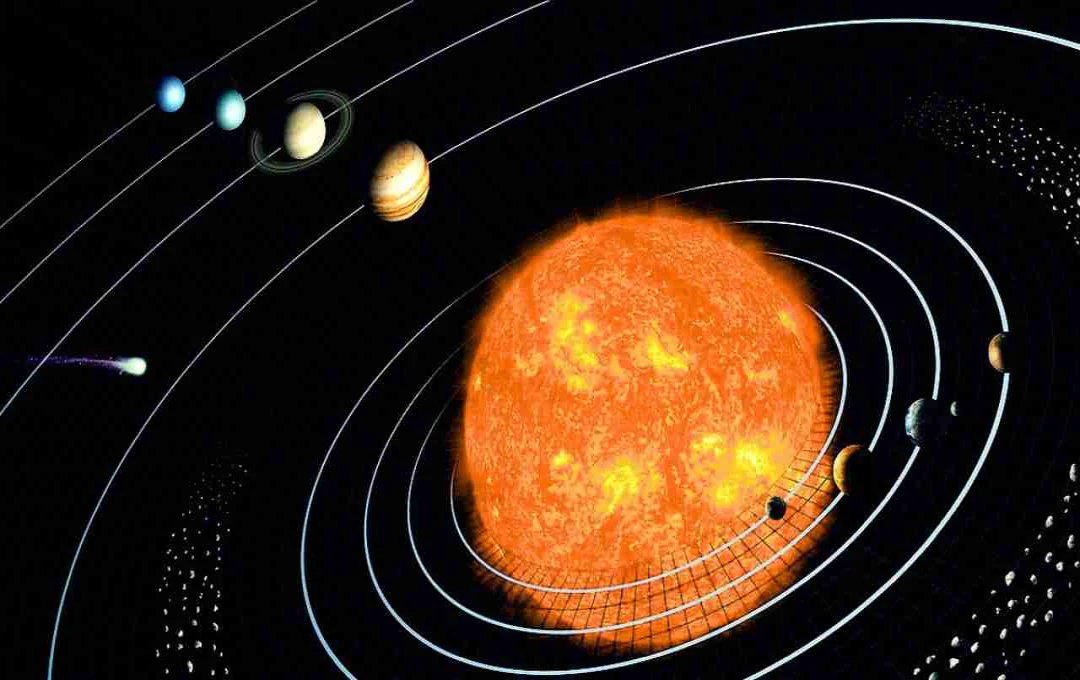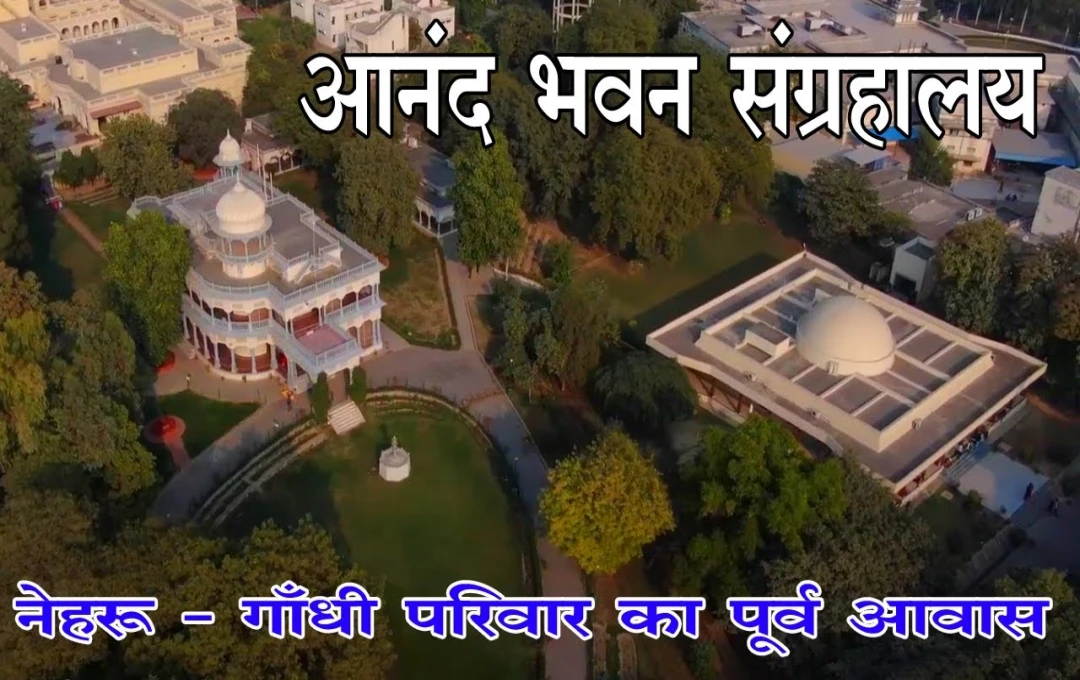Gravity — a word that is now a common part of science, but thousands of years ago, it was seen as a mysterious force. It captivated everyone from philosophers to scientists. The scientific understanding we rely on today is the result of thousands of years of research by many civilizations and scholars. Let's understand this historical and intellectual journey of gravity.
The Seed of Gravity in Greek Philosophy
The earliest concepts of gravity were presented by ancient Greek philosophers. Thinkers such as Heraclitus, Empedocles, and Leucippus recognized that the universe is governed by a kind of balance and forces of attraction and repulsion. Empedocles described 'love' and 'strife' as the two fundamental forces of the universe, in which the image of attraction and repulsion can be seen. Aristotle considered gravity a natural tendency. He theorized that heavy objects move downwards and light objects move upwards. Considering the Earth as the center of the universe, he directed the motion of all heavy objects towards it.
Unique Contribution of Indian Scholars

In the 7th century, the Indian astronomer Brahmagupta defined gravity in clear terms for the first time as a force of attraction. He stated that 'the Earth has a tendency to attract objects towards itself', which was the basic concept of today's 'gravitational force'. In the 11th century, Bhaskaracharya said in Siddhanta Shiromani, 'The Earth attracts unsupported objects towards itself.' This statement was not only accurate but also molded the behavior of gravity into a precise physical law. This shows how mature Indian scientific thinking was even at that time.
Explanation of Gravity in the Islamic Golden Age
Scientists of the Islamic world also deepened the understanding of gravity. Ibn Sina, in the 11th century, clarified the relationship between motion and force. His theory of impetus was a precursor to Isaac Newton's laws of motion. Ibn al-Haytham and Al-Biruni speculated about the possibility of gravity in celestial bodies other than Earth. Al-Khazini suggested that the gravitational force of objects depends on their distance, which later connects to Newton's discovery of the gravitational constant.
European Renaissance and the Era of New Discoveries
In the 14th century, the scientific perspective began to change in Europe. Scholars such as Jean Buridan and Abul-Barakat introduced the theory of impetus, which was a new direction in understanding the relationship between motion and mass. In the 16th century, Galileo Galilei experimentally proved that all objects, regardless of their weight, fall with uniform acceleration. This theory was against Aristotle's ideology and laid the foundation for the modern understanding of gravity.
Isaac Newton: The Foundation of Modern Gravitational Theory

In the 17th century, Sir Isaac Newton propounded the ‘Law of Universal Gravitation’. He said that every object attracts every other object in proportion to its mass and inversely proportional to the square of the distance. Newton's law proved helpful in explaining the motion not only of the solar system but of the entire universe. His famous work Principia Mathematica taught how to view science from a mathematical perspective and transformed gravity from a hypothesis into a physical law.
Einstein and the Era of Relativity
At the beginning of the 20th century, Albert Einstein further advanced Newton's theories. His General Theory of Relativity showed that gravity is not just a force, but the curvature of space-time due to mass and energy. He proved that bodies like Earth distort space-time and other bodies move following that curvature. This idea is still helping scientists to understand the mysteries of the universe.
New Directions in the Exploration of Gravity in Modern Times
Today, scientists are trying to connect gravity with the unified theory (Theory of Everything) through concepts like string theory, quantum gravity, and gravitons. The confirmation of gravitational waves in 2015 further strengthened Einstein's theory. This was a new chapter in scientific history.
The concept of gravity evolved from the contributions of ancient Greek, Indian, Islamic, and European scholars. Scientists like Brahmagupta, Bhaskaracharya, Galileo, Newton, and Einstein defined it respectively as force, law, and curvature of space-time. Even today, scientists are striving to understand the depth of this mysterious force.















